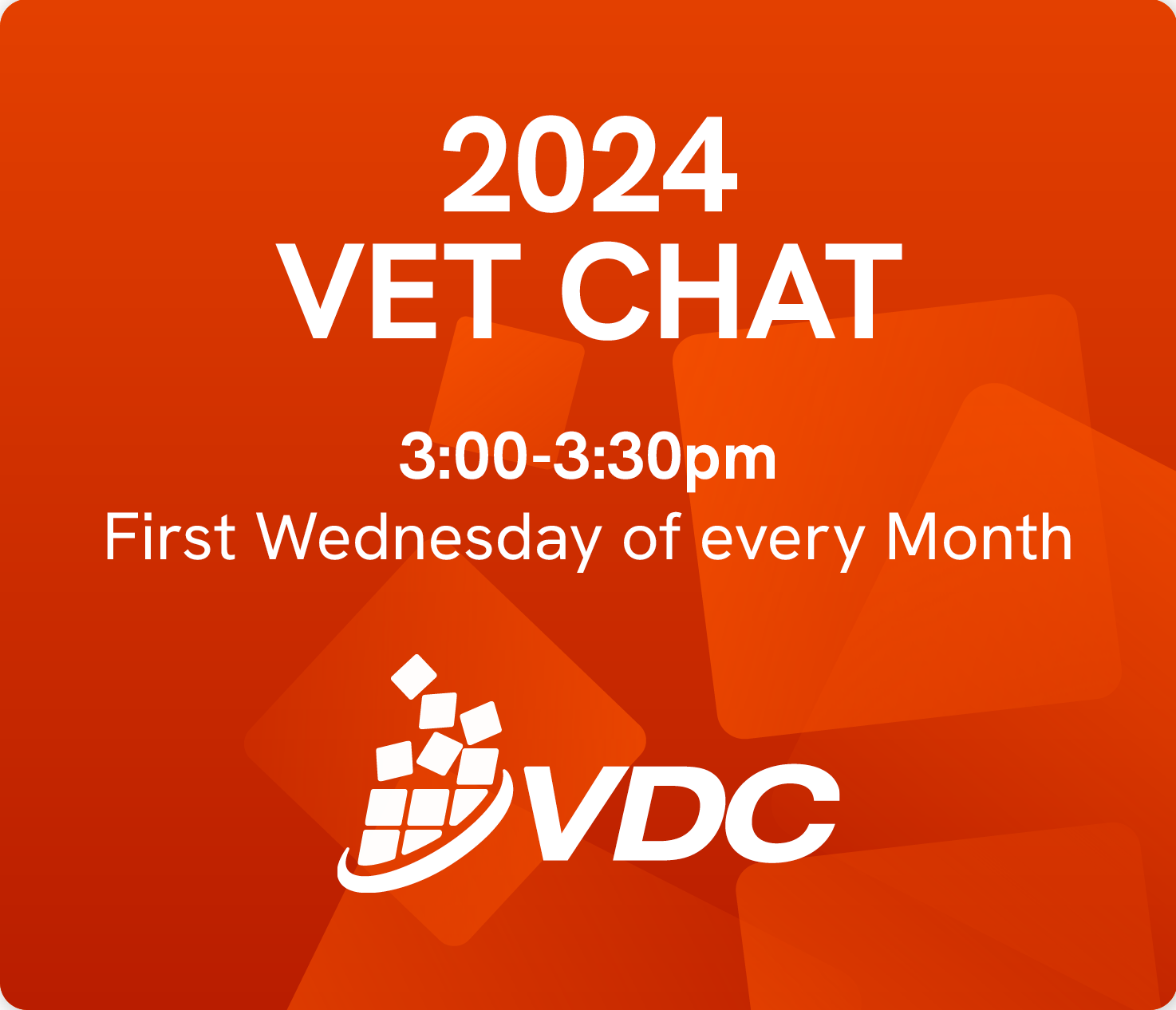In the COVID and post-COVID world how can apprenticeships be made more attractive to young people and employers alike?
This paper from the Australian industry Group (AiG) explores what they think is required.
Another article in this issue is relevant too.
What it says
The paper starts with a description of the apprentice and traineeship system. So far so good! It then moves on to outline its value as a training approach and not only highlights the value of the off-the-job component, but, in particular, the importance of what apprentices and trainees learn on the job. However:
“Not every employer understands all of the intricacies of a trade, or can espouse the mathematical or physical principles that sit behind certain processes. The identification of the knowledge and skills that sit behind each skilled occupation and the consolidation of that knowledge and skills into formal training qualifications helps ensure there is national consistency in what constitutes a tradesperson or a skilled worker in a given discipline.”
So, trade training is a shared responsibility.
The model has key elements and strengths too, AiG’s paper suggests. These include “learning of skills through watching skilled workers demonstrate them and then practising those skills repeatedly until they reach the same standard” and having a formal attachment to a workplace and completing a qualification. It also involves paid employment. But the pandemic has affected all of this they report and, in particular, there has been a process of ‘occupational scarring’ where young people “take jobs below their skill level or part-time jobs to gain a foothold and take longer to move up the employment ladder.”
There are weaknesses in the model too, including having to rely on an offer of a training contract from an employer, difficulties in attracting people to apply for apprenticeships and traineeships, the variable quality of training provided by employers and training providers, a preponderance of qualifications at the Certificate III level and poor completion rates. Indeed, the pandemic “has seen a big increase in apprentices and trainees having training contracts cancelled or suspended.”
How can things be improved?
The paper has a few suggestions. One is to “increase the incentives to employers to encourage them to employ more apprentices and trainees” as they maintain costs have risen over the years. Another is to “look to other ways of training young people in the skills learned through an apprenticeship or traineeship.” One of these is an ‘institution only’ pathway, but there are problems with this approach, the paper suggests. A major one is acceptance of these graduates by employers. The paper also proposed a range of alternative scenarios for trades training, finding that – for employers – the traditional apprenticeship approach was most attractive. For the employee, though,
“the only consideration that is more attractive than the apprenticeship pathway is access to higher wages. For some, this will be a powerful motivator, especially for older workers with financial responsibilities.”
Other issues affecting apprenticeships are the difficulties in attracting people to apply for apprenticeships and traineeships. Employers do not always do a good job of training their apprentices and trainees, either. In addition, the funding available to providers needs to take account of the needs of skill intensive programs, but may not do this adequately. Also, VET providers may not always be across “the technical developments or new methods being applied in the workplace” either.
Another issue is the link between apprenticeships and qualifications, which are predominantly at Certificate III level. AiG believe there is an argument, though, that the model could be applied more broadly and at higher levels. We’ve banged on about higher apprenticeships in these pages for some time now as regular readers will be aware.








